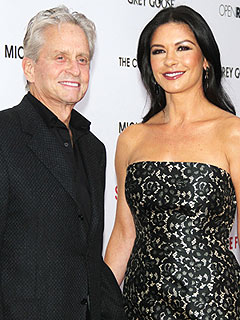NEW YORK (AP) — Researchers have discovered the first U.S. cases of whooping cough caused by a germ that may be resistant to the vaccine.
Health officials are looking into whether cases like the dozen found in Philadelphia might be one reason the nation just had its worst year for whooping cough in six decades. The new bug was previously reported in Japan, France and Finland.
"It's quite intriguing. It's the first time we've seen this here," said Dr. Tom Clark of the Centers for Disease Control and Prevention.
The U.S. cases are detailed in a brief report from the CDC and other researchers in Thursday's New England Journal of Medicine.
Whooping cough is a highly contagious disease that can strike people of any age but is most dangerous to children. It was once common, but cases in the U.S. dropped after a vaccine was introduced in the 1940s.
An increase in illnesses in recent years has been partially blamed on a version of the vaccine used since the 1990s, which doesn't last as long. Last year, the CDC received reports of 41,880 cases, according to a preliminary count. That included 18 deaths.
The new study suggests that the new whooping cough strain may be why more people have been getting sick. Experts don't think it's more deadly, but the shots may not work as well against it.
In a small, soon-to-be published study, French researchers found the vaccine seemed to lower the risk of severe disease from the new strain in infants. But it didn't prevent illness completely, said Nicole Guiso of the Pasteur Institute, one of the researchers.
The new germ was first identified in France, where more extensive testing is routinely done for whooping cough. The strain now accounts for 14 percent of cases there, Guiso said.
In the United States, doctors usually rely on a rapid test to help make a diagnosis. The extra lab work isn't done often enough to give health officials a good idea how common the new type is here, experts said.
"We definitely need some more information about this before we can draw any conclusions," the CDC's Clark said.
The U.S. cases were found in the past two years in patients at St. Christopher's Hospital for Children in Philadelphia. One of the study's researchers works for a subsidiary of Johnson & Johnson, which makes a version of the old whooping cough vaccine that is sold in other countries.
___
JournaL: http://www.nejm.org











